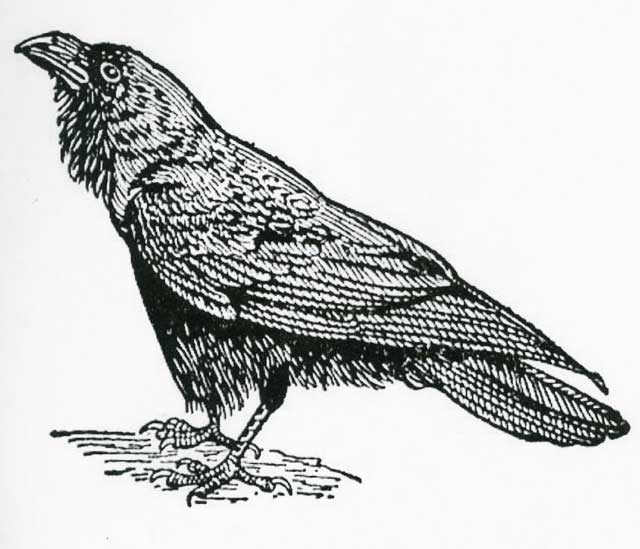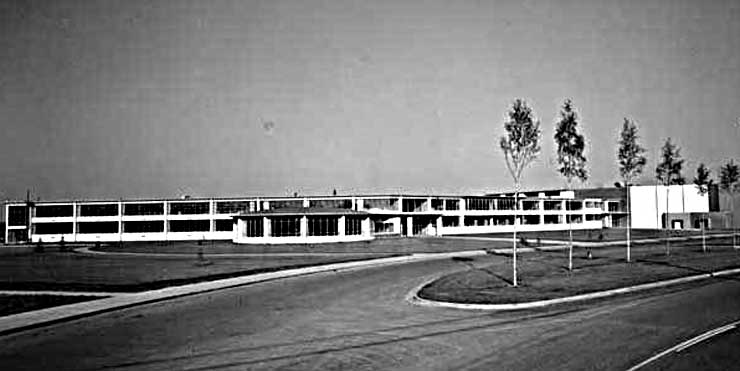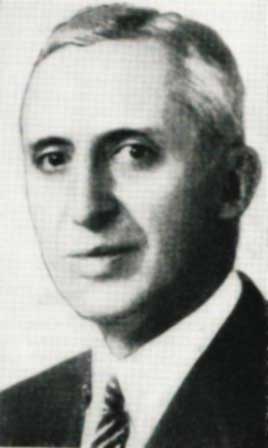Chapter 3: Closing Day at Bonanza, pt 5, conclusion
Dunkle smiled at the mine foreman and took off with the large strapped load in tow on top of a specially-constructed cart. Richelsen watched the load disappear down the tunnel. He dismissed the two mechanics, sending them over to the tram terminal to help unload the compressor when it arrived at the head of the ore tunnel. The electrician and a young miner remained at the empty compressor station waiting for instructions from the superintendent.
“Get ready at the transformer station to kill the remaining underground power. That compressor is the last piece of equipment we’re taking out of here, except for the two locomotives and their ore cars.”
The electrician nodded and headed back toward the tunnel entrance. Richelsen turned toward the young miner.
“Young man, have you ever operated one of these before?”
“Yes sir. I ran locomotives down in the 1,257 cross-cut.”
“You then, will have the distinct honor of running the last locomotive out of here. Pull the entire load completely out the adit door and clear the portal of all the ore cars so I can shut the door behind you.”
“Sir, I’m honored.”
Richelsen followed the last of the cars out the door. As he walked outside one of the mechanics ran up to tell him that the other locomotive had left 1,501 and was ready to be hoisted down the machine hoist just ahead of the much heavier compressor.
“Does that mean everyone is completely clear of the mine tunnels?”
“Yes sir. Just as you ordered. The foreman informed me that he has cleared that end and will wait for you over at 1,501.”
“Very good. Thank you.”
Richelsen looked up toward the electrician who stood at his station at the transformer building directly above the portal. He raised and then lowered his arm. The electrician pulled the lever while W.A. watched. The tunnel beyond the heavy door went black. Richelsen walked up to 1,503 to close the heavy door. A brisk breeze from somewhere miles below caused the door to resist closing. The young miner rushed over and helped Richelsen push and latch the door. They both walked over to the second door at the parallel 1,505 tunnel. The cold wind whistling from somewhere deep within the blackness chilled the superintendent. He felt relieved to have the help of this young man as they both struggled to close and latch this second, very heavy steel door.
“Two down. One to go. Come along, young man. You’ve been very helpful. You’ll be needed at the machine hoist.”
Richelsen watched from the tram terminal landing as the large group of miners worked the second locomotive and then the much heavier compressor down the very steep machine hoist. Wes Dunkle stood beside him. Up above, George Hancock directed the lowering of these final pieces of heavy equipment. Once the compressor was down, W.A. climbed the narrow stairs to the top where the 1,501 adit door remained open. The last tunnel to be closed appeared just as black as the others. The wind was not as strong at this adit, but the absolute darkness had become unnerving.
“Last one, George. This is it.”
He quietly shut door 1,501. It closed with almost no resistance.
“There. It’s done. The Bonanza mine is now officially closed. Let’s have lunch, George! You coming, Wes?”
As the three men reached the top of the landing at the rear of the main barrack, movement high in the air caught their attention. All three glanced up in time to spot four large ravens circling high over the mine site. Then the winds began to pick up, blasting each man’s face. The engineers headed for cover under the porch roof to escape the direct effects of the wind chill, but both felt a strong, impulsive need to look up so they could continue watching the strange circling birds high above. George had his own private thoughts.
| Already Mother Nature’s moving back in -- reclaiming what was once hers. So impatient to take on a fresh kill--this abandoned mine barrack. Only a few more hours and it will be hers alone. She’ll never see the likes of any of us at this mine site again. |
He turned and found himself facing the two engineers. They had moved back outside, transfixed at the sight of the ravens flying high above the barracks.
The temperature had taken a drop as the winds began to pick up. It had turned gusty and the snow was blowing, threatening to turn into a full-blown blizzard. The final loading of the tram would be hampered by the deteriorating weather conditions. A miserable final return trip from Bonanza to the mill was now virtually assured.
Richelsen shivered, as did the others. He was not sure if this was so much from the cold or from the sight of those ravens. There was something about those dark-colored birds which vaguely reminded him of the disastrous events at Mother Lode. It was going to be a long final day. He was beginning to feel increasingly anxious to leave. Richelsen would be quite happy if he never saw those birds again in his lifetime.
|

Continue with
Chapter 4, "The Russian C'eyigge' '"















